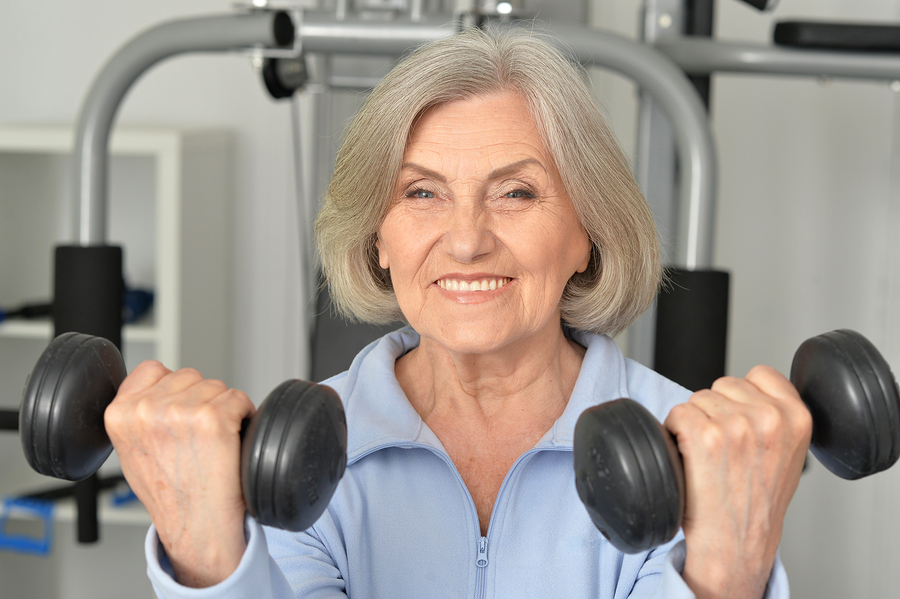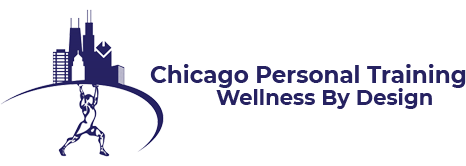
Power Lifting for Grandparents
When you hear the words “power lifting” images of large, hulking men lifting hundreds of pounds of weights might come to mind. But power lifting is as much an everyday activity as it is a sport.
If you don’t consider yourself a weight lifter, or have never imitated a power lifter before, you would be mistaken.
Have you ever…
- Lifted your grandchild up and over your head?
- Gotten out of a chair without using your arms to help you stand up?
- Lifted a full golf bag out of the trunk of your car?
- Bent down to lift your grandchild off the floor to hold in your arms?
If you have done any of these movements, then you are a member of the power lifters society!
The benefits of exercising has long been known and promoted. Ongoing research continually supports the benefits of regular exercise.
One 12-month study conducted on postmenopausal women at Tufts University.
The test group demonstrated with just two days of progressive strength training each week achieved on average: 1% gain in hip and spine bone density, a 75% increase in strength and 13% increase in dynamic balance.
The control group, who did not participate in any regular exercise, had losses in bone, strength, and balance.
This study showed that strength training increases bone density and reduces the risk for fractures Strength training programs can also have a profound effect on reducing risk for falls, which translates to fewer fractures and debilitating injuries (Growing Stronger, Strength Training For Older Adults).
As you age, whether you are a man or a woman, there is an average loss of 0.5% bone
mass every year after age 50. One in two women and one in eight men will have an osteoporosis-related fracture in their lifetime (Osteoporosis (Low Bone Mass)).
Society still labels people by age group, instead of ability and functional needs. Older adults can participate and not just function in the world today by simply looking at power lifters to mimic everyday movements and activities.
Whether you are lifting a golf bag, a grocery bag or a twelve pound bundle of joy, your muscles function the same way. If you pick up and hold a weight, or move it enough times, muscles get stronger. A strong body is the difference between watching your grandkid play on the floor or you getting on the floor to play with them, being able to pick
up a two year old and hold them in your arms, or having enough energy to keep up with them all day.
“How old would you be, if you didn’t know how old you are?”– Leroy “Satchel” Paige
Age is in our mind, but it is also in our backs, knees, and elbows. Perception of pain is just as important as the perception of fitness. To feel fit, strong, and capable of achieving everyday tasks (let alone your fitness goals) is why power lifting is the key to your success.
There are some specific health issues that can affect the amount of weight you lift as well as how you lift it, so before you start any exercise or fitness program you should get a thorough physical from your doctor. Ideally, your next step would be to work with a personal trainer to learn how to lift properly. The difference between lifting weights correctly and hurting yourself can be a very fine line.
Designing your fitness plan should be as individualized as your doctor’s checkup. We all have the same bones and muscles, but everyone moves a little different and has various strengths and weaknesses. Before you begin lifting your grandkids up and over your head or moving furniture, you have to make sure your support system is set.
What is your support system? In terms of weight lifting, I am referring to the ability to balance, strengthening your core and rotor cuff muscles; and finally learning proper lifting technique.
Many publications will show you the various types of exercises that will help you with your power lifting. While these are good for future reference, I caution against relying on them without individual instruction. In my opinion, telling someone what to do without showing them first is only half of the equation. I encourage you to schedule time for a personal trainer who can analyze your movements and demonstrate the proper techniques and exercises you need to reach your goals. Focus on understanding what exercises will strengthen your body and will help you in realizing your fitness goals. Below is a list fitness tools that I use and recommend to my own clients.
Here is your “shopping list” of items that you want to achieve:
Balance
Everything starts with balance. Balance is the thing that children search for and adults lose. The ability to stabilize is what will give you confidence and actually make the item that you are lifting lighter. Balance is a neuromuscular effect that is also affected by audio and visual acuities. There are many techniques and tools that will help you improve your balance: standing on one leg, 1/2 cylinders or a Bosu. These devices will help improve your balance, but before you start using these devices, make sure you can perform your balance techniques with complete control on a flat stable surface- otherwise known as the floor.
Range of motion
No matter how strong you are, the ability to bend down to pick up an item takes flexibility. Loose quad muscles (the muscles in the front of your legs), and a strong, but flexible back will help you position yourself for any kind of lifting.
Control
The biggest difference between lifting and holding a 20 pound baby, and a 20 pound weight is that a baby moves. Being able to control a squirming baby is not only important to protecting your back, it is imperative for the baby’s safety. Holding a moving object takes arm strength, back strength and sometimes lots of patience.
Repetition
How often have you heard the term, “Practice makes perfect”? This is incorrect. Practice does not make perfect, “Perfect practice makes perfect.” Doing anything over and over incorrectly will not help you. Your body moves in patterns, whether it is walking, lifting weights or getting out of a chair. Proper movement of your body can be the difference between walking with confidence or being fearful of falling.
The help of a personal trainer can increase your ability to lift correctly and get stronger. Together you work on safely and progressively increasing your weight or repetitions over time.
Strength
Strength is a necessary component for a functional life. As you successfully combined balance, flexibility and control your strength will also improve.
Learning how to lift properly takes time and repetition. When you achieve these goals and employ them together you will have, along with the other benefits of regular exercise, the confidence and ability to be more active.
As you progress with your power lifting program you should feel confident that you have improved your quality of life. What was once a road block to participating in various activities, can now be a pathway to new and engaging accomplishments.
Works Cited
Growing Stronger, Strength Training For Older Adults. Tufts University, 2008. Web. 9 Aug. 2013.
Osteoporosis (Low Bone Mass). North American
